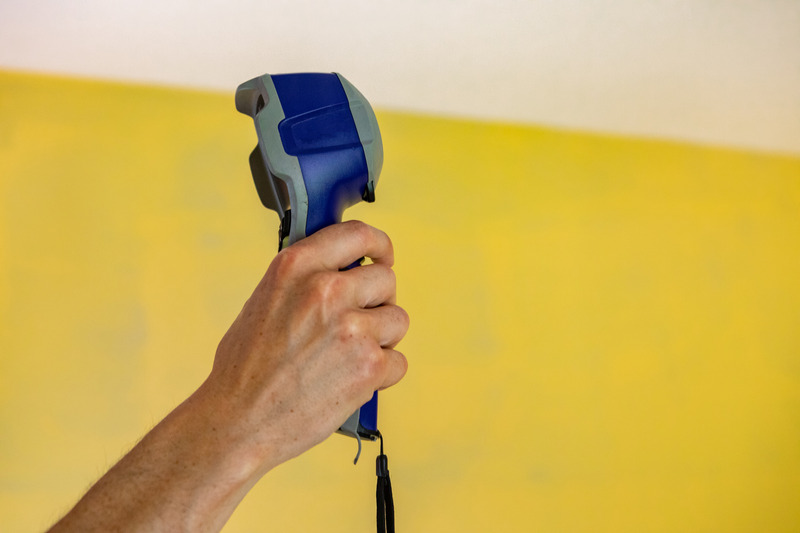Moisture Testing - Air Quality Australia
Concrete Moisture Testing:
Concrete moisture testing is an essential step before and after any flooring installation to prevent damage and mould growth. Moisture testing for concrete is a vital aspect of any flooring installation project. As it helps to assess the moisture content within concrete slabs. Therefore ensuring the longevity and durability of the flooring materials. Air Quality Australia specialises in providing comprehensive moisture testing services tailored to meet the specific needs of our clients.
Moisture Testing for Timber
In addition to concrete moisture testing, Air Quality Australia also provides comprehensive moisture testing services for timber materials. Assessing the moisture content of timber is crucial for determining its suitability for use in flooring installations and other applications. High moisture levels in timber can lead to issues such as warping, swelling, and decay, compromising the structural integrity and aesthetics of the finished product.
Our timber moisture testing process involves non-destructive methods such as moisture metres and probes to accurately measure the moisture content of timber materials. By conducting thorough moisture testing, we help our clients ensure that the timber used in their projects meets the necessary standards and specifications for optimal performance and longevity.
Whether you’re planning a new flooring installation or working on a timber construction project, Air Quality Australia offers reliable moisture testing services to help you make informed decisions and achieve the best possible outcomes. Contact us today to learn more about our timber moisture testing services and how we can assist you with your project requirements.




